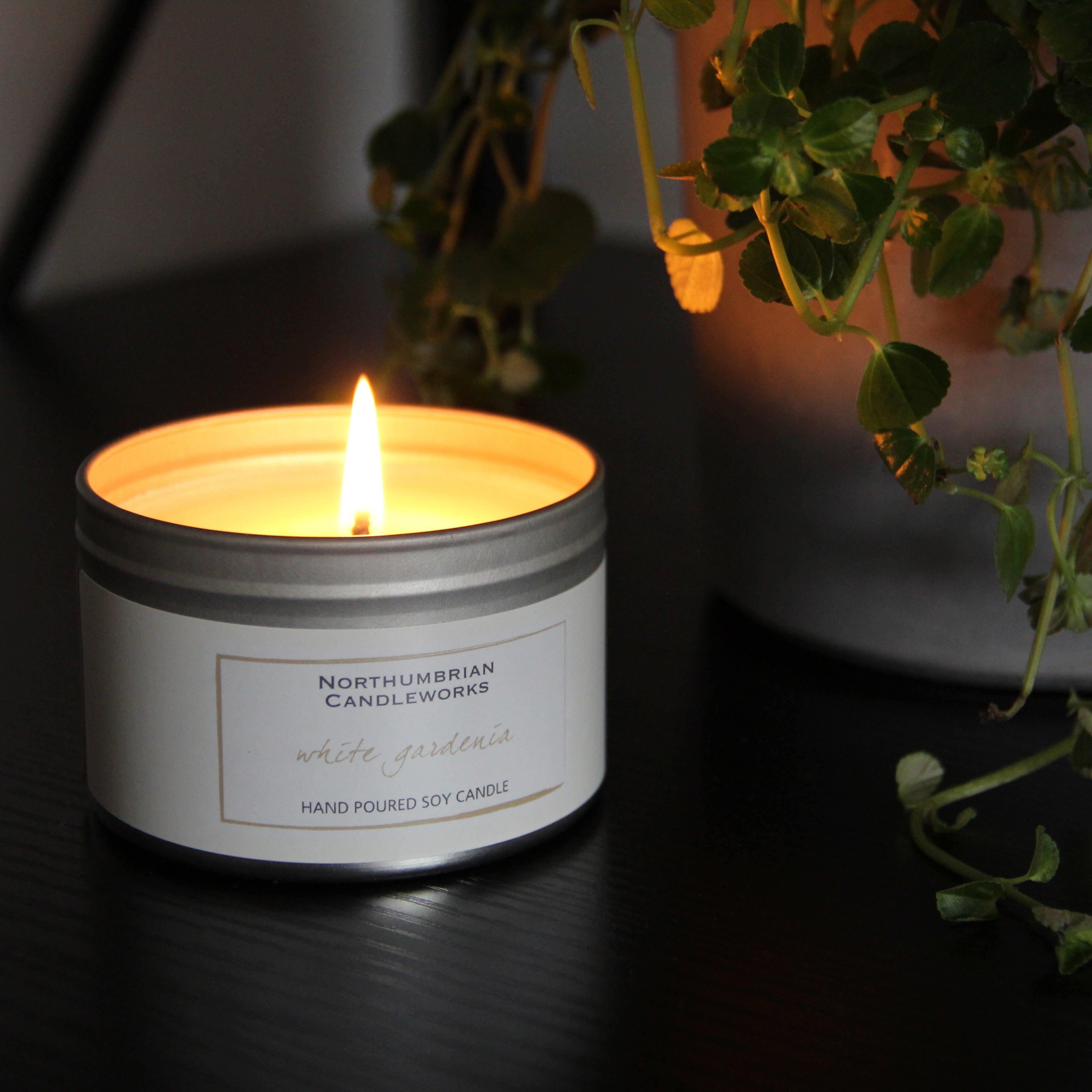Experience the Tranquility of Crystal Soy Candles and Home Fragrance
Experience the Tranquility of Crystal Soy Candles and Home Fragrance
Blog Article
From Wick to Wax: Understanding the Chemistry Behind Soy Wax Candles and Their Environmental Effect
As we brighten our areas with the cozy radiance of candles, there lies a world of elaborate chemistry behind the seemingly easy act of lighting a soy wax candle light. Join us as we unravel the scientific complexities behind soy wax candles and explore their effects on our atmosphere.
Soy Wax Vs. Paraffin Wax
When comparing soy wax and paraffin wax for candle production, it is vital to comprehend the distinctive features and benefits of each product. Soy wax is a natural, renewable energy originated from soybean oil, making it naturally degradable and environmentally friendly - soy candles. In contrast, paraffin wax is a result of petroleum refining, which increases worries regarding its ecological effect and sustainability
Soy wax candles burn cleaner and emit much less soot compared to paraffin wax candles, making them a much healthier selection for indoor air quality. In addition, soy wax has a reduced melting factor, enabling a longer-lasting candle that spreads fragrance better. Paraffin wax, on the other hand, has a tendency to shed faster and less easily, possibly releasing harmful chemicals into the air.
From a sustainability perspective, soy wax is favored for its biodegradability and sustainable sourcing, straightening with the expanding consumer choice for ecologically aware items. While paraffin wax has actually been a traditional selection in candle light making because of its affordability and ease of usage, the shift towards environmentally friendly alternatives like soy wax is gaining energy in the sector.
Chemical Make-up of Soy Wax

Combustion Process in Soy Candles
The chemical structure of soy wax directly influences the burning procedure in soy candles, affecting factors such as burn time, scent release, and environmental effect. When a soy candle light is lit, the warm from the flame thaws the wax near the wick. This liquid wax is after that created the wick as a result of capillary action. As the liquid wax reaches the fire, it undergoes and evaporates burning. The combustion procedure entails the vaporized hydrocarbons in the wax reacting with oxygen airborne to create warm, light, water vapor, and co2.
The combustion effectiveness of soy candle lights is affected by the pureness of the soy wax and the high quality of the wick. In addition, soy wax candle lights have a reduced ecological impact compared to paraffin candles due to their naturally degradable and eco-friendly nature.

Ecological Advantages of Soy Wax

Taken into consideration a lasting option to standard paraffin content wax, soy wax provides remarkable environmental advantages that make it a popular choice amongst eco-conscious customers. One significant advantage of soy wax is its renewable sourcing. Soy wax is originated from soybean oil, which is primarily cultivated in the United States. The farming of soybeans aids sustain neighborhood farmers and lowers the reliance on non-renewable nonrenewable fuel sources used in paraffin wax manufacturing. Additionally, description soy wax is eco-friendly, indicating it breaks down normally without releasing harmful contaminants right into the setting. This particular makes soy wax candles a more ecologically friendly option contrasted to paraffin wax candles, which are made from oil, a non-renewable resource. Moreover, soy wax burns cleaner and produces much less residue than paraffin wax, adding to much better indoor air high quality and reducing the need for cleansing and maintenance. In general, the environmental benefits of soy wax align with the expanding demand for eco-friendly and sustainable products in the marketplace.
Recycling and Disposal Considerations
Reusing and proper disposal of soy wax candles play an important function in maintaining environmental sustainability and minimizing waste in neighborhoods and families. The very first action is to make sure that the candle has actually shed entirely when it comes to reusing soy wax candle lights. This can be achieved by enabling the candle to burn until the wick is no more useful, and then letting the remaining wax cool and strengthen. As soon as the wax has strengthened, it can be very carefully eliminated from the container.

In terms of disposal, if recycling is not a choice, soy wax candles are naturally degradable and can be securely gotten rid of in many family waste systems. Nevertheless, it is always advised to check with neighborhood recycling facilities or waste management services for particular standards on candle disposal to make sure appropriate handling and environmental security.
Final Thought
In final thought, the chemistry behind soy wax candle lights reveals their ecological benefits over paraffin wax candles. Soy wax, derived from soybean oil, burns cleaner and produces less soot when contrasted to paraffin wax.
When comparing soy wax and paraffin wax for candle production, it is necessary to recognize the distinct characteristics and advantages of each material (soy wax candles).Soy wax candle lights burn cleaner and emit much less soot contrasted advice to paraffin wax candle lights, making them a much healthier selection for indoor air quality.Thought about a lasting alternative to typical paraffin wax, soy wax provides remarkable ecological advantages that make it a preferred option among eco-conscious customers. Soy wax burns cleaner and produces much less residue than paraffin wax, adding to much better interior air high quality and reducing the requirement for cleaning and upkeep.In final thought, the chemistry behind soy wax candle lights reveals their ecological advantages over paraffin wax candles
Report this page